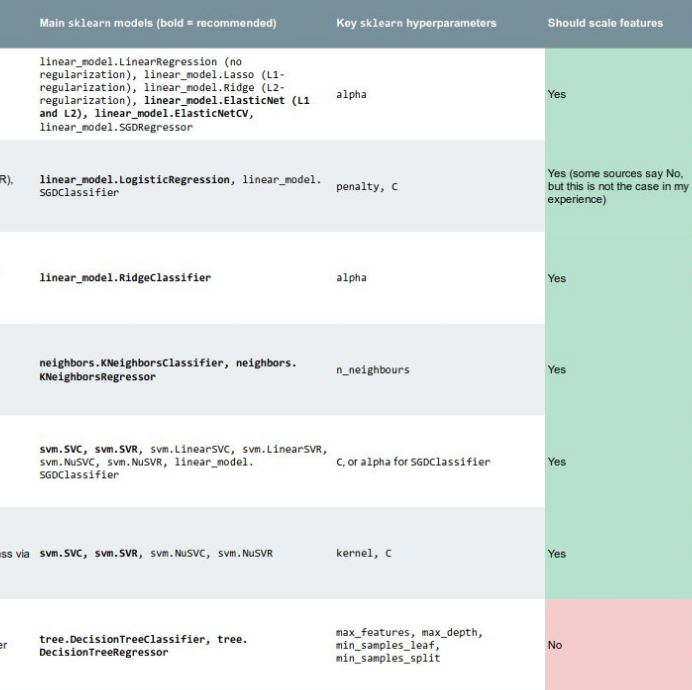All you want for Christmas
/It's that time again! If you're tired of giving the same old rocks to the same old geologists, I've got some fresh ideas for you.
 Stuff
Stuff
- My wife came back from town recently with this spectacular soap, from Soap Rocks. I mean, just look at it. It's even better in real life.
- You just can't go wrong with a beautiful hammer, like this limited edition Estwing. Don't forget safety glasses!
- Or go miniature, with these tiny (Canadian!) hammers in gold ($859) or silver ($249). Steepish prices, but these aren't exactly mainstream.
- More jewellery: geode earrings. Hopefully not too massive.
Tees
It's the obligatory t-shirt collection! Here are some that jumped out at me — and one of them is even a bit geophysical. Available from (left to right) Threadless (here's another fun one), Etsy, and Metropark.



Books... and non-books
- There are loads of books in our reading list — some of them are essential, and some are totally workable as gifts.
- It would be remiss of me not to mention our own new book, 52 Things You Should Know About Geology — perfect (I think, but I would say that) for students and professionals alike, especially those in applied/industrial geoscience.
- I'm a big fan of Edward Tufte's beautiful books about data visualization, and they are now available in paperback. All four books for $100 is truly a bargain.
- It's not a book exactly, but I do like this minerals poster. Although less useful, this arty version is even prettier... and this cushion is verging on spectacular.
Goggle box

 Tired of reading about geology after cranking through papers or dissertations all day? TV has rocks too! There's Iain Stewart's various series (right — Earth, 2009, and How To Grow A Planet, 2011) for some quality BBC programming. If you're in Canada, you might prefer CBC's Geologic Journey, 2011 — inexplicably hosted by a non-geologist. The Discovery Channel made Inside Planet Earth, 2009 but I've never liked their stuff. some of this stuff might even be on Netflix...
Tired of reading about geology after cranking through papers or dissertations all day? TV has rocks too! There's Iain Stewart's various series (right — Earth, 2009, and How To Grow A Planet, 2011) for some quality BBC programming. If you're in Canada, you might prefer CBC's Geologic Journey, 2011 — inexplicably hosted by a non-geologist. The Discovery Channel made Inside Planet Earth, 2009 but I've never liked their stuff. some of this stuff might even be on Netflix...
Kids' stuff
Kids like geology too. A Rock Is Lively manages to be beautiful and informative, Rocks: Hard, Soft, Smooth, and Rough focuses on the science, and If Rocks Could Sing is just cute. If it's toys you're after, you can start them young with this wooden stacking volcano, or you could go for this epic Lego globe... (not for the half-hearted: it will require you to load the Digital Designer file and order a large number of bricks).
Still stuck? Try my Christmas post from last year, or the year before, or the year before that. I highly recommend Evelyn Mervine's posts too — loads more ideas there.
The T-shirt and book cover images are copyright of their respective owners and assumed to be fair use. The soap picture is licensed CC-BY.
If you're still stuck, don't miss this epic list on Geolog, the official blog of the EGU. (And while you're at it, do check out their blog network).
...and Evelyn Mervine has put up her 2013 installment — class and quality, as per.





























 Except where noted, this content is licensed
Except where noted, this content is licensed